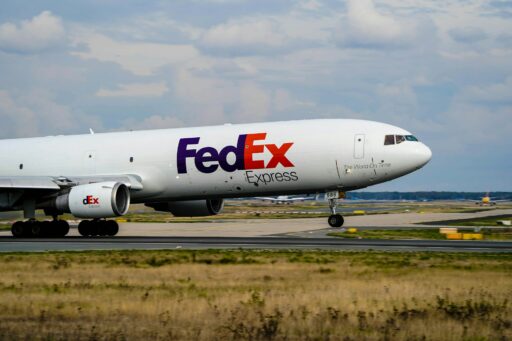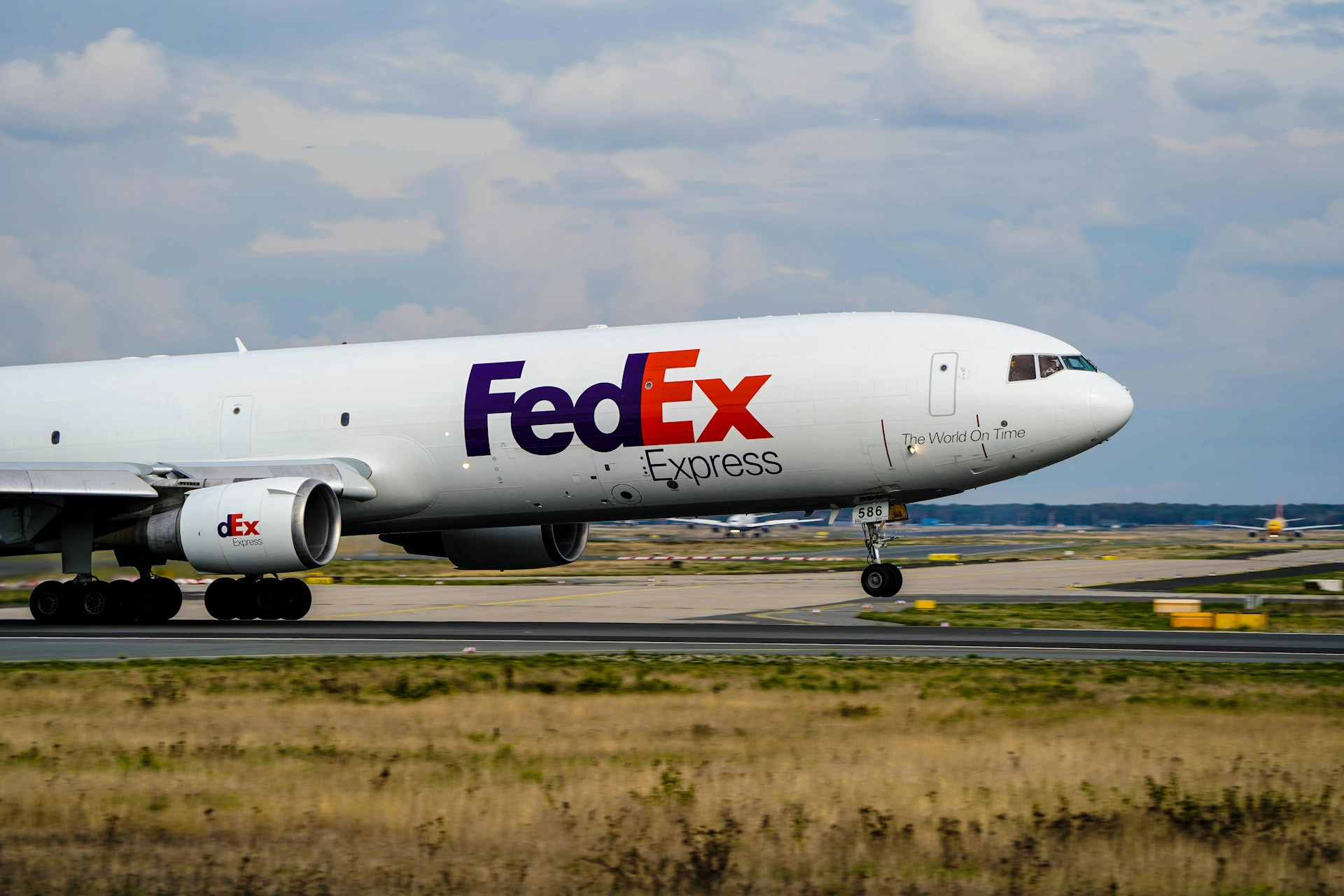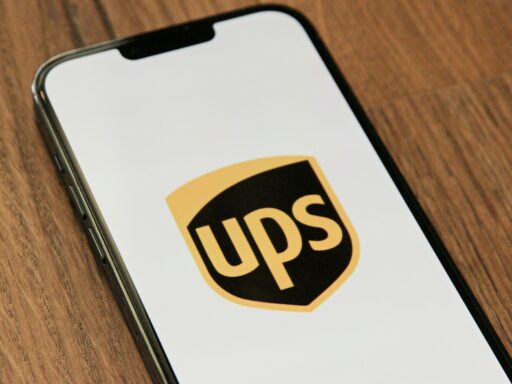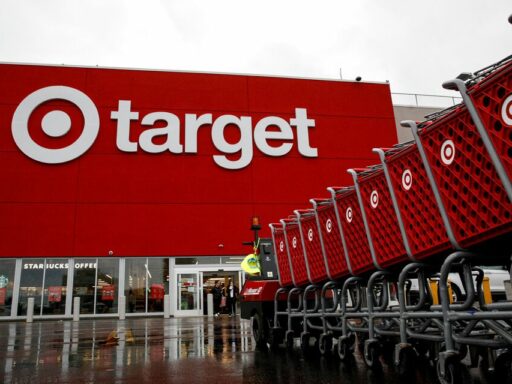FedEx is one of the world’s largest logistics companies, and its commitment to sustainability is increasingly central to its business operations and long-term strategy. As a key player in global supply chains, FedEx has the power to influence environmental change, and the company recognizes its responsibility in reducing its carbon footprint. Its sustainability approach, articulated in its 2024 Environmental, Social, and Governance (ESG) Report, reflects a holistic strategy designed to address environmental impacts while also creating value for stakeholders across the globe. Key to this strategy are ambitious goals, including achieving carbon-neutral operations by 2040, with a focus on electrifying its fleet, transitioning to sustainable energy, and driving circular economy practices in packaging.
FedEx’s “Priority Earth” strategy integrates environmental stewardship, technological innovation, and global partnerships to accelerate sustainability. The company is making strides in energy efficiency, renewable energy deployment, and responsible sourcing, with clear benchmarks in place for 2025, 2030, and 2040. FedEx’s approach also involves working collaboratively with global leaders and organizations to ensure that sustainability is embedded across its operations, supply chain, and the logistics industry as a whole.
Sustainability Strategy and Goals
FedEx’s sustainability strategy focuses on a broad spectrum of issues across environmental, social, and governance factors, aligning with key international frameworks like the United Nations Sustainable Development Goals (SDGs) and the Science Based Targets initiative (SBTi). This strategy aims to decarbonize operations, reduce resource consumption, and support responsible sourcing practices. Below are the core focus areas of FedEx’s sustainability roadmap:
- Net Zero and Carbon Emissions: FedEx is on track to achieve net-zero carbon emissions by 2040. This includes reducing emissions across Scope 1, 2, and 3, and a key part of this goal is electrifying FedEx’s fleet of delivery vehicles. This is complemented by a significant investment in carbon sequestration technologies, renewable energy, and emission reduction strategies for its air and ground transport networks.
In FY2023, FedEx reduced its carbon dioxide equivalent emissions intensity on a revenue basis by 48% from FY2009, even as volume grew by 121%. - Packaging and Circular Economy: FedEx has committed to making all its branded packaging 100% recyclable, and it is steadily working to ensure that packaging materials contain at least 40% recycled content. This move is in line with a broader circular economy strategy aimed at reducing waste and increasing recycling across its logistics systems.
- Technology and Innovation: FedEx is investing in electric vehicles (EVs), sustainable aviation fuels (SAFs), and renewable energy to drive emissions reductions. AI-driven logistics solutions, such as route optimization, are also being utilized to improve efficiency and reduce fuel consumption across its network.
In FY2023, FedEx operated 7,136 on- and off-road EVs and has also generated on- and off-site solar energy at 34 global locations. - Human Rights and Responsible Sourcing: FedEx’s sustainability efforts also extend to the social pillar, where it focuses on ethical labor practices, human rights, and responsible sourcing throughout its supply chain. The company has set clear targets to ensure that its suppliers meet its sustainability standards, including adherence to its Supplier Code of Conduct.
Key Sustainability Innovations and Technologies
FedEx is driving its sustainability strategy forward through innovative technologies designed to optimize operations, reduce emissions, and improve overall efficiency across its logistics network. These technological innovations not only benefit FedEx’s operational performance but also set a new standard for the entire logistics industry.
- Electric Vehicles (EVs): FedEx has committed to converting its ground delivery fleet to 100% electric vehicles by 2040. In FY2023, the company operated over 7,100 EVs across its network, and it continues to add new electric vehicles to its fleet each year. By expanding the use of EVs, FedEx reduces its carbon footprint from transportation, which is one of the largest contributors to global emissions.
- Sustainable Aviation Fuels (SAFs): FedEx is actively exploring and investing in sustainable aviation fuels (SAFs) to decarbonize its air operations. These biofuels have the potential to significantly reduce emissions from aircraft, which are one of the most challenging sources of CO2 emissions in transportation.
FedEx aims to source 30% of its jet fuel from SAFs by 2030. - Renewable Energy: FedEx has also been incorporating renewable energy into its operations, including the installation of solar panels at its facilities worldwide. The company generated both on- and off-site solar energy at 34 global locations in FY2023, providing a renewable energy source to power its operations.
Measurable Impacts
FedEx has made significant progress in reducing its environmental impact, as demonstrated by key metrics and measurable outcomes from its sustainability initiatives.
- Carbon Emissions Reduction: Between FY2009 and FY2023, FedEx achieved a 48% reduction in carbon emissions intensity per revenue unit, despite an increase in shipping volume by 121%. This highlights the company’s ability to decouple growth from environmental impact.
- Electric Vehicle Deployment: The number of EVs in FedEx’s fleet grew to 7,136 in FY2023, contributing to a significant reduction in fuel use and emissions in its ground delivery network.
- Solar Energy Generation: FedEx also made strides in generating renewable energy across its global facilities, contributing to its goal of powering 50% of its global operations with renewable energy by 2025.
Challenges and Areas for Improvement
Despite its progress, FedEx faces several challenges in achieving its sustainability goals, particularly regarding Scope 3 emissions and plastic waste reduction.
- Scope 3 Emissions: Scope 3 emissions, which come from third-party transportation and other indirect sources in the supply chain, remain the largest challenge for FedEx. While the company has made significant headway in Scope 1 and Scope 2 emissions, managing Scope 3 emissions across its vast supply chain is a complex task.
- Plastic Waste: Although FedEx has made strides in reducing plastic waste, it still faces challenges related to the use of single-use plastics in its packaging. The company is working to scale its use of alternative, sustainable materials and increase the recyclability of its packaging.
Future Plans and Long-Term Goals
FedEx has set clear, ambitious goals for the future, which include achieving net-zero emissions by 2040, scaling its circular packaging initiatives, and continuing to reduce emissions across its entire supply chain.
- Net-Zero Operations by 2040: FedEx’s commitment to achieving carbon neutrality by 2040 is one of its most ambitious sustainability goals. This target will require significant investments in clean energy, fleet electrification, and sustainable fuels for air travel.
- Sustainable Packaging: FedEx will continue to prioritize sustainable packaging solutions, aiming to make all branded packaging 100% recyclable by 2025 and increase the use of recycled materials.
Comparisons to Industry Competitors
FedEx’s sustainability goals place it on a competitive path alongside key players such as UPS and DHL, both of which have their own ambitious ESG targets.
- UPS: UPS has committed to achieving carbon neutrality by 2050 and has made significant progress in deploying electric vehicles and alternative fuel solutions. FedEx’s 2040 target for carbon-neutral operations is more ambitious, though both companies are equally focused on the electrification of their fleets. Source: UPS 2023 Sustainability Report
- DHL: DHL has set a goal of achieving carbon neutrality by 2050 and has already made strides in sustainable aviation fuels and electric vehicles. FedEx’s investments in renewable energy and its commitment to carbon-neutral operations by 2040 are areas where it leads in comparison. Source: DHL Sustainability Report 2023
FedEx has made impressive strides in its sustainability journey, especially with the electrification of its fleet and its ambitious carbon neutrality goal by 2040. The company’s continued innovation in technologies such as electric vehicles and renewable energy is positioning it as a leader in sustainable logistics. However, the challenges posed by Scope 3 emissions and plastic waste remain significant obstacles to achieving its long-term environmental objectives. As FedEx moves toward its 2040 carbon-neutral target, scaling its circular packaging efforts and ensuring supply chain transparency will be key to meeting its ambitious goals. The company’s commitment to sustainability is commendable, but it will require ongoing innovation and collaboration to overcome the remaining hurdles.
Sources: FedEx Sustainability and Carbon Neutral Operations, FedEx 2024 ESG Report Executive Summary, FedEx Delivering Impact: ESG Report






